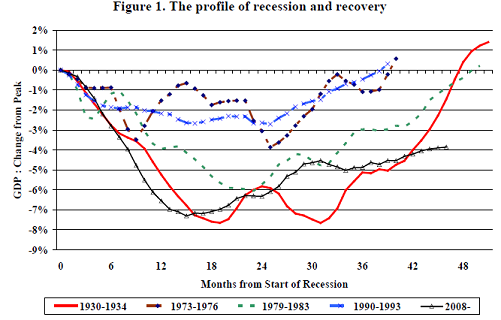EUR/usd
Over just one day the single currency crossed 1.30 and made a fresh advance to 1.31. Now trading is at 1.3120, and the daily high of Friday was around 1.3170. Looking at the current rates, it's hard to believe that only 2 weeks ago bulls and bears were fighting for 1.25. The double whammy, from draghi and Bernanke, made the dollar retreat on all fronts. It's remarkable that this should happen against the ongoing issues in the peripheral part of euro Zone. The troika is going to release its report on the Greek affairs only in October, thus deferring the verdict to a later date. Spain suffers strikes, a slump in housing prices (in 2Q the decrease made 14% yearly) and very high unemployment. Italy is struggling to be more competitive, but so far it's been slowing down even more (in 2Q the local economy dropped by 0.8% q/q and by 2.6% y/y) – the worse situation was last observed only at the Great Recession of 2009. Despite the fundamental indicators, the market mood has changed much due to the events in the last two weeks. For this reason, the yields of debt securities of the above-mentioned governments are crawling down. Yet the market is more sensitive to the mood of its participants and, as a result, rushes from one side to the other one. The current picture is absolutely different from what we observed in May. Besides, the levels where the major moves started from are the same. The May sell-off stopped at 1.2350. Roughly from these levels the eager purchases of the euro began. Then followed a fight for 1.25, a short consolidation at 1.27 and a quick move between 1.27 and 1.32. If the resemblance keeps being like that, we will probably see a tough fight for the further move up already at 1.32. Taking a broader look to the situation, the ultra-soft policy of Bernanke may push the dollar even lower, so it won't be a surprise to see it somewhere around 1.42 in December.

GBP/USD
The anti-rally of the dollar has led to an especially strong growth in GBP/USD. Over the last six weeks the dollar has been steadily depreciating against the pound, which is worth already 1.62 now. Despite the fact that lately the single currency has been growing faster than “Old Lady”, the latter is close to its yearly highs and the upper boundary of fluctuations in 2009, yet the trade-weighted index, tracked by the Bank of England, already now is at its highest point since June 2009 and gaining more than 5% yearly. More often (in 70% of all cases) the sterling starts a reversal after such deviations.

USD/JPY
At some point last week USD/JPY fell through the bottom (below 78), but already on Friday recouped its losses. The officials are doing nothing more than sabre-rattling, though it's already high time to fire all the guns, as has been done in Switzerland. As a result, the third economy of the world, formerly famous for its export, has turned into a net importer this year, suffers the largest government debt among the developed countries and, moreover, is on the edge of the fiscal crisis. So it's not without reason that “Japanization” is treated as almost a curse, which is used to threaten first America then Europe.

gold
After the recent announcement of QE by Bernanke investors are sure to make Gold and Silver their main favourites, but even these metals need a respite after large-scale moves. Now Gold has stopped at 1770, apparently, summoning up fresh energy to attack the yearly high of 1790. So, the disappointment in Gold last spring proved to blow over very quickly.
